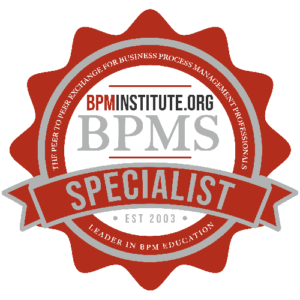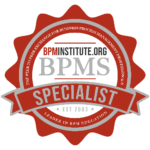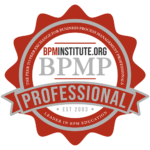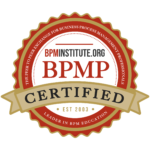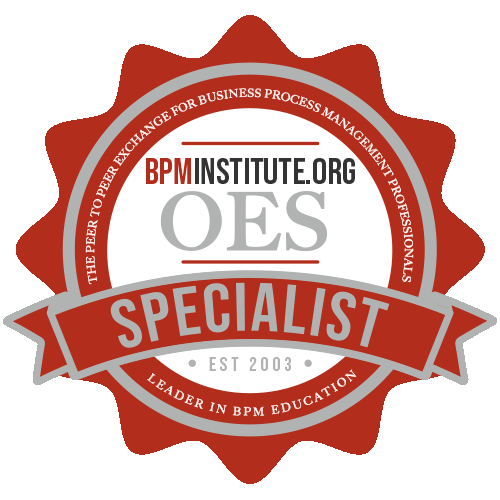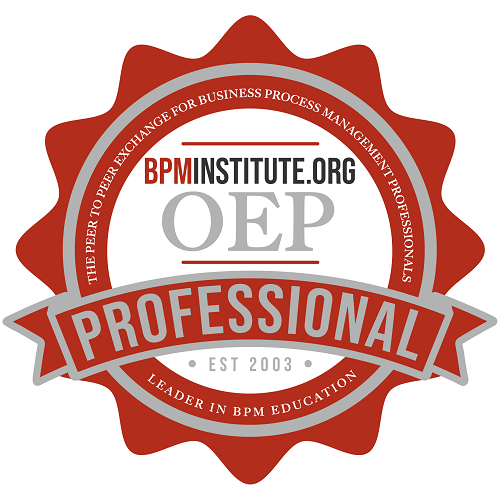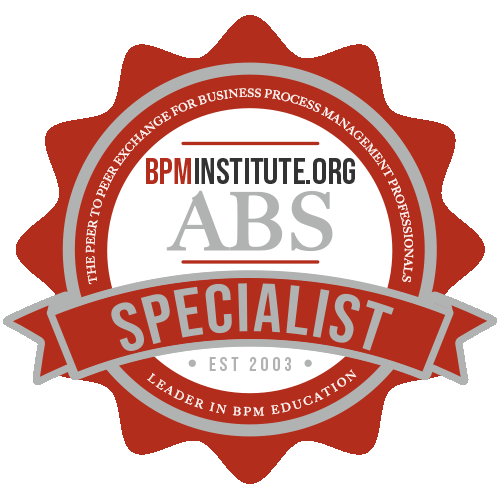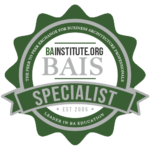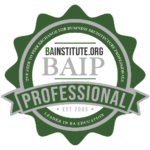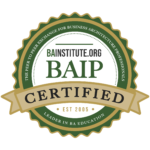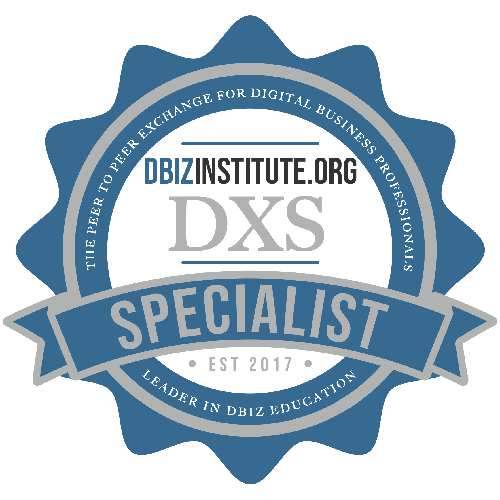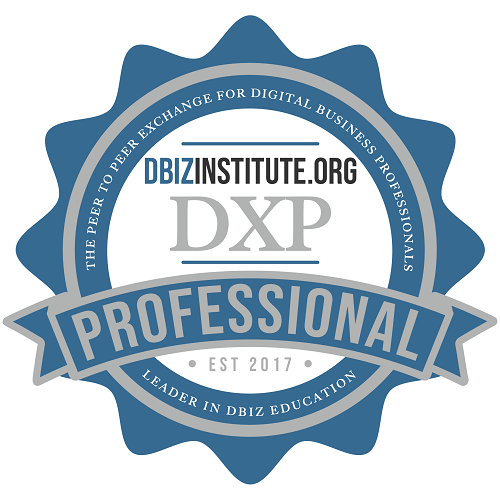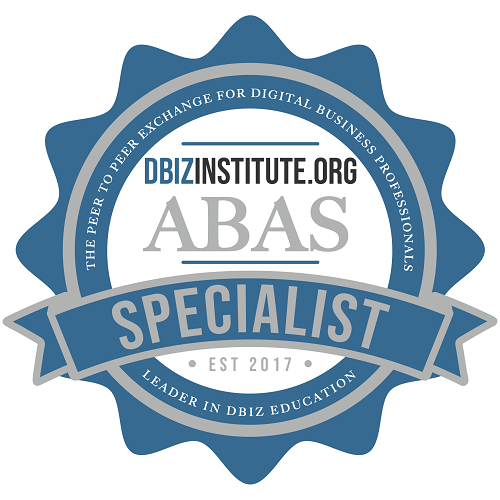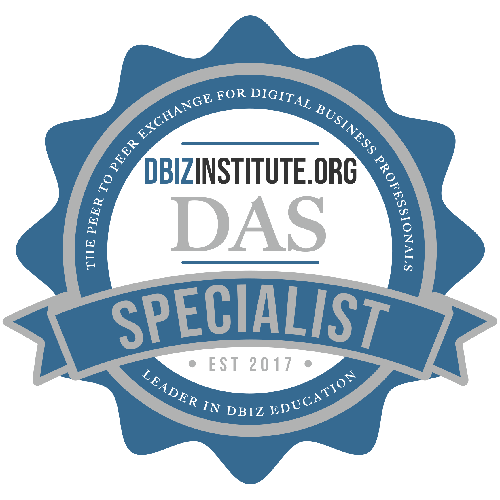Home / Resources
Resources
Discover a Wealth of BPM Knowledge and Expertise at BPMInstitute.org!
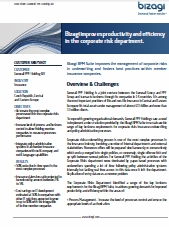
Case Study: 1 insurance company. 51 processes. 4 countries. 5 languages.
Generali PPF Holding embarked on an organization-wide business transformation to significantly boost productivity and efficiency in the area of Corporate Risks underwriting. Discover Generali’s BPM journey in this case study.
To cope with growing organizational demands, Generali PPF Holdings saw a need to implement a robust solution provided by the Bizagi BPM Suite to sustain a wide range of key business requirements for corporate risks insurance underwriting and policy administration processes.
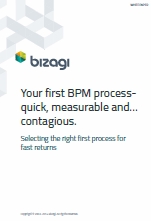
Your first BPM process – quick, measurable and… contagious
BPM programs live or die on the success of the pilot project, which in turn depends on choosing the right first process. Since BPM initiatives involve deep cultural changes, the pilot project has to deliver results that are:
- Quick: to gain management approval for wider rollout
- Measurable: to justify further investments
- Contagious: to trigger widespread user adoption
- Extensible: to enable the benefits to be felt across teams, departments and processes.
This whitepaper provides guidance on selecting the optimal business process (or group of processes) for a BPM pilot project. By taking this approach, project owners can be confident of a low-risk BPM initiative that generates sufficient momentum to kick off a successful companywide BPM program.

BPM and Complexity Reduction
There’s increasing attention and focus on reducing complexity. Leaders recognize that certain forms of complexity in their business, which do not add value to customers, involve unnecessary costs. From an IT perspective, as applications continue to grow in size and sophistication, the corresponding challenges in the integration of complex systems are perceived to non-value added drive costs.
Paying special attention to complexity through the application of business process thinking and BPM systems can be instrumental in reducing complexity that customers are unwilling to pay for.
Generally, customers don’t like complexity. But they do like choice and value. The challenge for many organizations is to see the business from the customer’s point of view and take action to reduce the non-value added component of complexity.

Capital Planning: Capability Maps, Value Streams and Conflicting Stakeholder Objectives
Business architecture provides a sound foundation for capital planning based on business strategies and goals in any enterprise. Figure-1 depicts relationship between value business units, value streams and capabilities. However, applying these concepts for capital planning, when working with stakeholders, could be challenging. Stakeholders from IT operations, business operations andsales tend to have different priorities & objectives. Finding a balance between varied priorities is as much an art, as it is science.
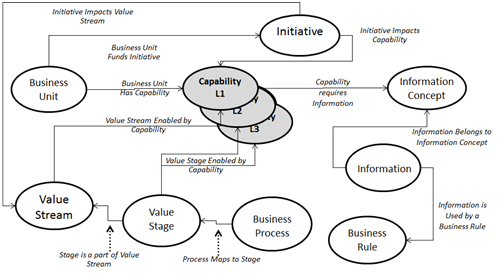
Source: A Guide to the Business Architecture Body of Knowledge (BIZBOK™) – Release 3.0, Part 5
Figure 1 – Business Architecture Knowledge Base Mapping

What Skills are Needed for BPM Success?
One of the most frequently asked questions (FAQs) on BPM involves the skills needed for BPM success. While most people understand the importance of modeling skills, there’s a lot more involved in succeeding with BPM and it goes beyond skills or aptitude to mental models or attitude.
Earlier this year, Gartner identified 15 skills critical to the success of any BPM project. As depicted in Figure 1, they elected to group these skills into three types of critical competency: transformational, operational and technical.
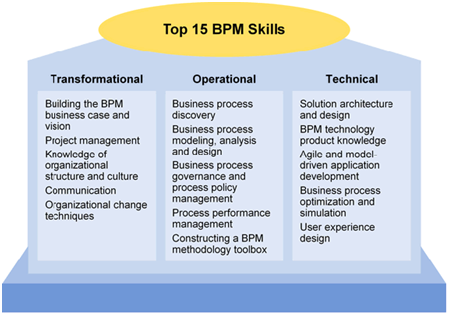
Figure 1. Top 15 Business Process Management Skills[i]

Discovering Decisions in Your Business
In previous articles we have discussed Business Decision Management, the role of decision management and decision modeling in reducing process complexity as well as the risks of focusing only on processes without considering decisions. At the heart of these articles is a focus on decisions – high volume, repeatable, operational decisions that can be identified, modeled and managed for improved business results.
Most organizations will initially identify decisions within their business processes – either finding tasks that are clearly decision-making tasks such as those handling validation, approval, calculations, assessments etc – or collapsing process complexity into a decision that was previously obscured by a nest of process gateways and conditions or rules.

Does Modern Technology Impede Modern Management?
The economy is undergoing accelerating, multidimensional changes, which are the result of the growing demand of customers for easier access to individualized products and services. The speed of those changes, along with their qualitative character and unpredictability, results in the insufficiency of current management principles. (D’Aveni 1994; Płoszajski, 2004) The precise characteristics of new order remain yet unknown, though it is already clear that organisations of this new type will be “slimmed down” to a flat structure, based to a much larger extent on the labour of groups, flexible through assigning rights to line workers, constantly adapting their activities to satisfy the requirements and expectations of their customers. To cope with such unpredictable and accelerating market and technology changes, use should be made of the full dynamism, knowledge and human potential existing in the company.

A Day in the Life of a Business Architect
Tuesday was a good day at the office, although nothing out of the typical. I attended two high profile meetings with the product management team and a joint product management and technology requirements definition meeting, received news of my promotion, presented a tool that our team built to solve a resource manager’s allocation problem, and got to work on a really cool proposal to map out a business process end-to-end on a single page of paper.
I always thought simplistically that my role as a business architect is to help bridge the gap between what the owners of the company want and what the rest of the organization delivers. I stand in between those who hold the purse and those who wield the hammer (or whatever your tool of choice may be) so I can better link the two to generate outstanding business results. I’m after business outcomes and so should everyone else in the organization, right? It’s that simple.

Design with the End (User) In Mind
Introduction
Stephen Covey advised us to “begin with the end in mind.” That would seem an obvious place to start whether we are designing a process, a product, or a software application. However, it’s surprising how many designs seem to have anyone but the end user in mind. In this piece we’ll take a look at several examples of where designs fall short, and suggest how good requirements practices can help produce sound designs.

Can You Build and Measure an Improvement Culture?
This is such a simple but such a critical question. And it has several critical elements:
Build – meaning this is going to take some time and it will start at one level and grow to another level.
Improvement – in other words we want to have an organization that wants to keep improving itself, which is necessary for any organization to succeed. If it doesn’t grow, it dies. But here the word is improvement – keep getting better, probably in several arenas.
Culture – the set of shared attitudes, values, goals, and practices that characterizes an institution or organization–a corporate culture could be focused on the bottom line
Let’s define success first. How would you know that you had an improvement culture? What would you measure and what would your score be?
Here are four determinants you could use:

NIEM – A Model for Sharing Government Information
“Information is a source of learning. But unless it is organized, processed, and available to the right people in a format for decision making, it is . . . not a benefit.”– William Pollard

Effective Use of Business Architecture
In a recent discussion with a colleague, the relevance and effectiveness of Business Architecture artifacts like capability maps, value streams and organizational maps were the topic of discussion. His belief was that these artifacts were just a way to do drawings that document what has been done. I might add that he is a disillusioned Enterprise Architect, as most of the projects he was assigned just needed him to document the project result in TOGAF or DoDAF.
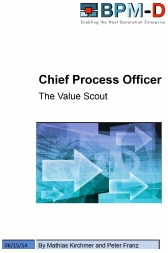
Chief Process Officer
We live in a continuously changing business environment, which moves ever-closer to a more-connected digital world. Successful organizations need to be proactive and adjust quickly. Therefore an increasing number of organizations establish a Business Process Management Discipline (BPM-Discipline(tm)) in order to move their strategy into execution at pace with certainty. As any other management discipline, the BPM-Discipline is established through the appropriate business process, the process of process management. This new process is led through an emerging top management role, the Chief Process Officer (CPO). The CPO manages the process of process management in a way that it creates value by executing the business strategy across organizational boundaries, like departments or divisions. The CPO is the “value scout” of the organization.

Systems Thinking in Business Process Management
In walking the line on Business Process Management (BPM) analysis and implementation, two valuable and non-technical skills are Experience and Judgment. Learning the latest techniques such as Agile, Lean and Six Sigma are filling the training pipelines. These skills are useful. Still, I recommend a second look at areas which are not currently in the forefront of practitioner popularity.

Effectiveness: Making BPM relevant for CEOs/CFOs
Decision modeling adds explicit effectiveness metrics to the more generally accepted efficiency metrics generated by business process modeling,giving the full picture to the Executive Suite. Process efficiency measures throughput, costs, error-rates and similar, while process effectiveness measures whether the process is fulfilling its purpose – picking the most profitable customers, for example. Most business process management metrics focus on efficiency measures since effectiveness measures generally depend on the decisioning logic embedded within processes. Explicit decision modeling turns a spotlight on process goals and associated effectiveness metrics. Executive leadership can now balance and trade-off efficiency measures like throughput with effectiveness measures like profitability.

Business-Driven Transformation Strategies & Roadmaps
Transformation roadmaps in many businesses tend to have a heavy technology focus, to the point where organizations invest millions of dollars in initiatives with no clear business value. In addition, numerous tactical projects are funded each year with little understanding of how, or even if, they align from a business perspective. Senior management often falls victim to the latest technology buzzwords, while stakeholder value, business issues and strategic considerations take a backseat. When this happens, executives who should be focused on business scenarios to improve stakeholder value fall victim to technology’s promise of the next big thing. This article discusses how executives can leverage business architecture to reclaim their ability to drive a comprehensive transformation strategy and roadmap.

Lean Six Sigma Roles in BPM? Don’t Fight – Join or Complement
BPM and Lean Six Sigma are not the same, but should they be enemies or partners?
BPM is defined by BPMInstitute.org as:
Business Process Management is the definition, improvement and management of a firm’s end-to-end enterprise business processes in order to achieve three outcomes crucial to a performance-based, customer-driven firm:

Meet the Author: Shelley Sweet, renown BPM expert and author of The BPI Blueprint
The BPI Blueprint provides you with a detailed plan of action to create results the first time, inspire leaders of business processes, and build invigorated skilled teams. So if you’re looking for a simple, no nonsense, guide to help you develop and manage effective Business Process Improvement projects, regardless of your experience level, you’ve got the right book.
In this conversation we will explore why Shelly wrote the book, how it’s different from other books in the field, what you’ll learn from the book, and how you can use its practical guides to make your projects easier and more successful.
We’ll talk about the audience for the book (it’s for more than BPM practitioners), and specific topics that can help your BPI projects, including:
Getting Started

Difficult People in the Virtual World – (part 2 of The Virtual Team Facilitator)
Difficult people can disrupt any meeting, and we all know their frequent styles and behaviors from face-to-face meetings. These are people such as the Heavy Talker, the Technical Expert, and the Know It All. Below are some more difficult people that apply in the virtual meeting. (Of course many of these roles apply in the face-to-face meeting as well.)
The Late Comer. You need to have the virtual tool set up at least 15 minutes ahead for a long meeting (over 2 hours) and 10 minutes before for a shorter meeting. Welcome people as they come on. Then at the start time, tell everyone you will start now or wait for 2 more minutes, and then start. When new people come in, welcome them and move along.

The Consequences of BPM without BDM
When BPM is pursued without pursing Business Decision Management—BDM—in parallel the direct consequence is that decisions become an afterthought in the processes that need them. In contrast, applying BDM techniques and technologies in parallel means that decisions are identified, managed and improved distinct from processes resulting in increased agility, simpler processes and improved consistency.
The risks of failing to manage processes and decisions are:
